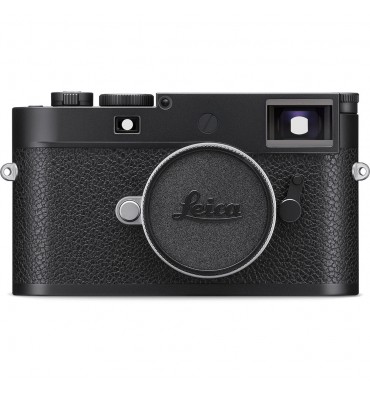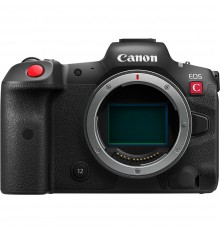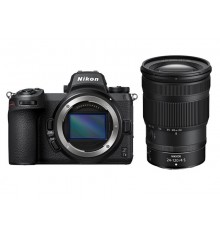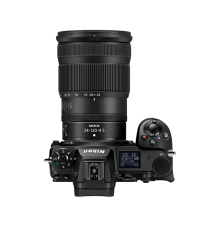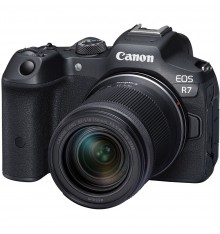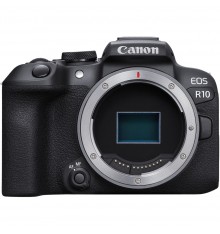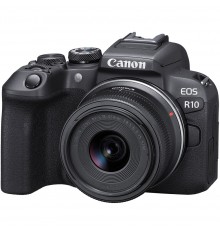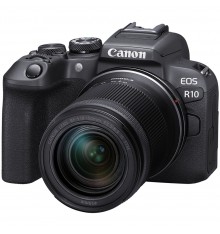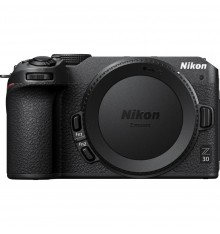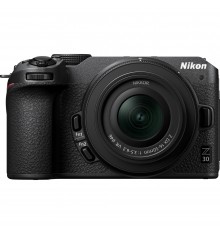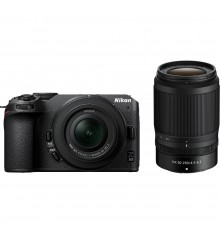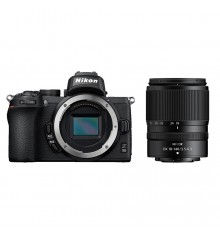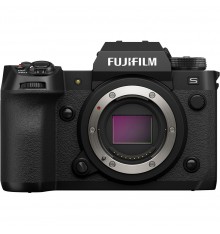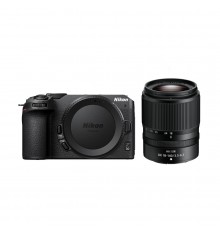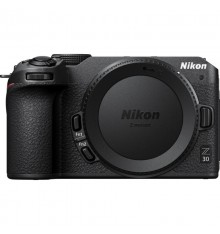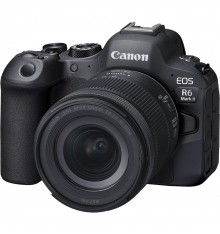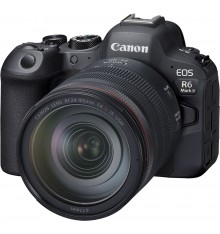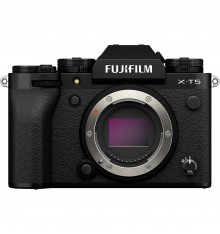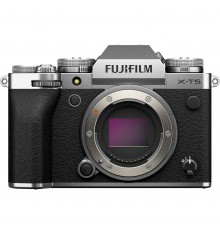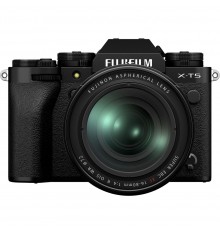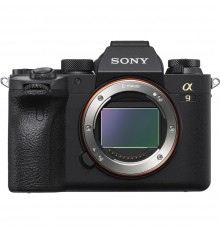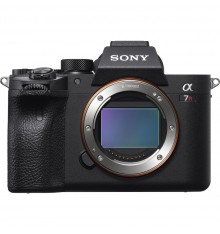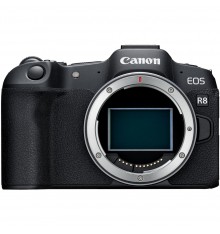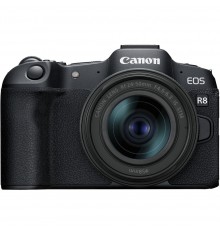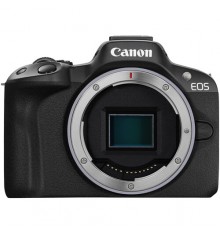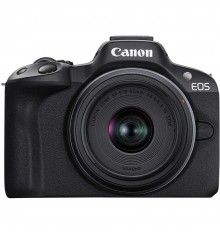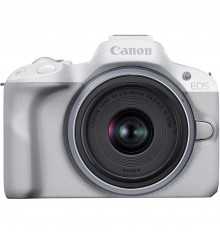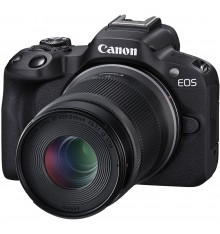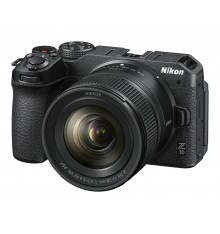Leica cameras have been on the frontlines of history. The M-series has long been favored by photojournalists and been used to capture iconic imagery across the decades. Continuing the tradition of the series is the Leica M11-P. This model takes the contemporary tech and classic design first seen in the M11 and makes some key improvements. It also becomes the world's first camera to feature Content Authenticity Initiative technology with the aim of bringing authenticity back to digital storytelling.
Professional Upgrades
Leica has consistently developed "P" models of their cameras with tweaks that make them better suited to professionals and photojournalists. The M11-P continues that tradition with an iconic design that eschews the red dot logo for a more discrete profile. It also comes with a few other enhancements:
- Unobstrusive no logo design and dark chrome viewfinder.
- Engraved Leica script on the top cover plate.
- An increase of internal storage to 256GB.
- Sapphire cover glass for rear touchscreen LCD.
Leica Content Credentials with Content Authenticity Initiative Technology
The M11-P is the world's first camera to feature Content Authenticity Initiative (CAI) technology. The Content Authenticity Initiative (CAI) is a collaborative effort initiated by Adobe in partnership with various other organizations, including The New York Times and Leica. Its primary goal is to develop a standard for digital content attribution.
In the M11-P, this technology shows up as Leica Content Credentials. By using a secure processing chip, the camera will encrypt image metadata at the point of capture. This information can then be independently verified and even appended to when using compatible applications, such as Adobe Photoshop. Viewers can then verify the provenance of the image and confirm the veracity of the image. The aim is to give viewers more confidence in the images they are looking at and provide creators with another way to maintain credits.
60MP Full-Frame BSI CMOS Sensor
Featuring the high-resolution design seen in the M11, the M11-P's 60MP full-frame CMOS sensor also features a back-illuminated (BSI) design that offers improved noise performance and faster readout speeds. The higher resolution suits more detail-oriented applications, like landscape and architectural subjects, and the noise-reduction benefits of the BSI design improves clarity and color accuracy when working in low-light conditions with higher ISOs.
The sensor's physical design also includes an updated ultra-thin dual-layer filter glass, which absorbs UV and IR wavelengths for greater clarity and more accurate rendering from the M lenses.
The sensor's physical design also includes an updated ultra-thin dual-layer filter glass, which absorbs UV and IR wavelengths for greater clarity and more accurate rendering from the M lenses.
Triple Resolution Technology
Besides the 60MP resolution and BSI design, another first for M cameras is Triple Resolution Technology. This unique pixel binning process allows photographers to select 60MP, 36MP, or 18MP output, with each resolution making use of the full sensor area and providing rich 14-bit color. By pixel binning, rather than cropping, the lower resolutions have improved dynamic range and noise levels:
- 60MP: 14 stops of dynamic range, highest resolution
- 36MP: 15 stops of dynamic range, best balance of resolution and noise
- 18MP: 15 stops of dynamic range, lowest noise levels
Maestro III Image Processor
The Maestro III processor contributes to the faster processing and Triple Resolution Technology of the M11-P, as well as helps achieve a wider sensitivity range than in past M cameras. An ISO 64-50000 range is now available for greater detail, quality, and natural color rendering at lower ISO settings. The Maestro III also enables continuous shooting at up to 4.5 fps and facilitates fast file saving for an intuitive shooting experience.
Imaging Improvements
The M11-P is still a photo-only camera that prioritizes manual operation, but a variety of improvements and functional updates have been made to make the M11-P the most contemporary M camera yet:
- An electronic shutter function now permits shooting at shutter speeds up to 1/16,000 sec, which is perfect for working with faster f/0.95 lenses without the need for ND filters. A mechanical shutter still offers shutter speed support up to 1/4000 sec and flash sync at 1/180 sec.
- Two digital zoom steps can simulate working with longer focal length lenses by cropping into the image slightly, at 1.3x (39MP) and 1.8x (18MP) levels. These are reversible crops when recording a DNG or permanent crops if shooting straight to JPG.
- Multi-field exposure metering is available in addition to spot and center-weighted average, which helps reduce the need to meter and then re-compose before shooting.
- Long Exposure Noise Reduction helps to reduce the appearance of noise but can also be disabled for faster saving times.
Imaging
| Lens Mount | |
| Sensor Resolution | |
| Image Sensor | |
| Image Stabilization | |
| Built-In ND Filter | |
| Capture Type |
Exposure Control
| Shutter Type | |
| Shutter Speed | |
| Bulb/Time Mode | |
| ISO Sensitivity Range | |
| Metering Method | |
| Exposure Modes | |
| Exposure Compensation | |
| Metering Range | |
| White Balance | |
| Continuous Shooting | |
| Interval Recording | |
| Self-Timer |
Still Image Capture
| Image Sizes | |
| Aspect Ratio | |
| Image File Format | |
| Bit Depth | |
| Internal Recording Modes | |
| External Recording Modes | |
| Recording Limit | |
| IP Streaming |
Interface
| Media/Memory Card Slot | |
| Internal Memory | |
| Video I/O | |
| Audio I/O | |
| Power I/O | |
| Other I/O | |
| Mobile App Compatible | |
| Global Positioning (GPS, GLONASS, etc.) |
Monitor
| Display Size | |
| Resolution | |
| Display Type |
Viewfinder
| Type | |
| Magnification |
Focus
| Focus Type |
Flash
| Built-In Flash/Light | |
| Maximum Sync Speed | |
| Flash Compensation | |
| Dedicated Flash System | |
| External Flash Connection |
Environmental
| Operating Temperature |
General
| Battery Type | |
| Shoe Mount | |
| Tripod Mounting Thread | |
| Material of Construction | |
| Dimensions (W x H x D) | |
| Weight |

